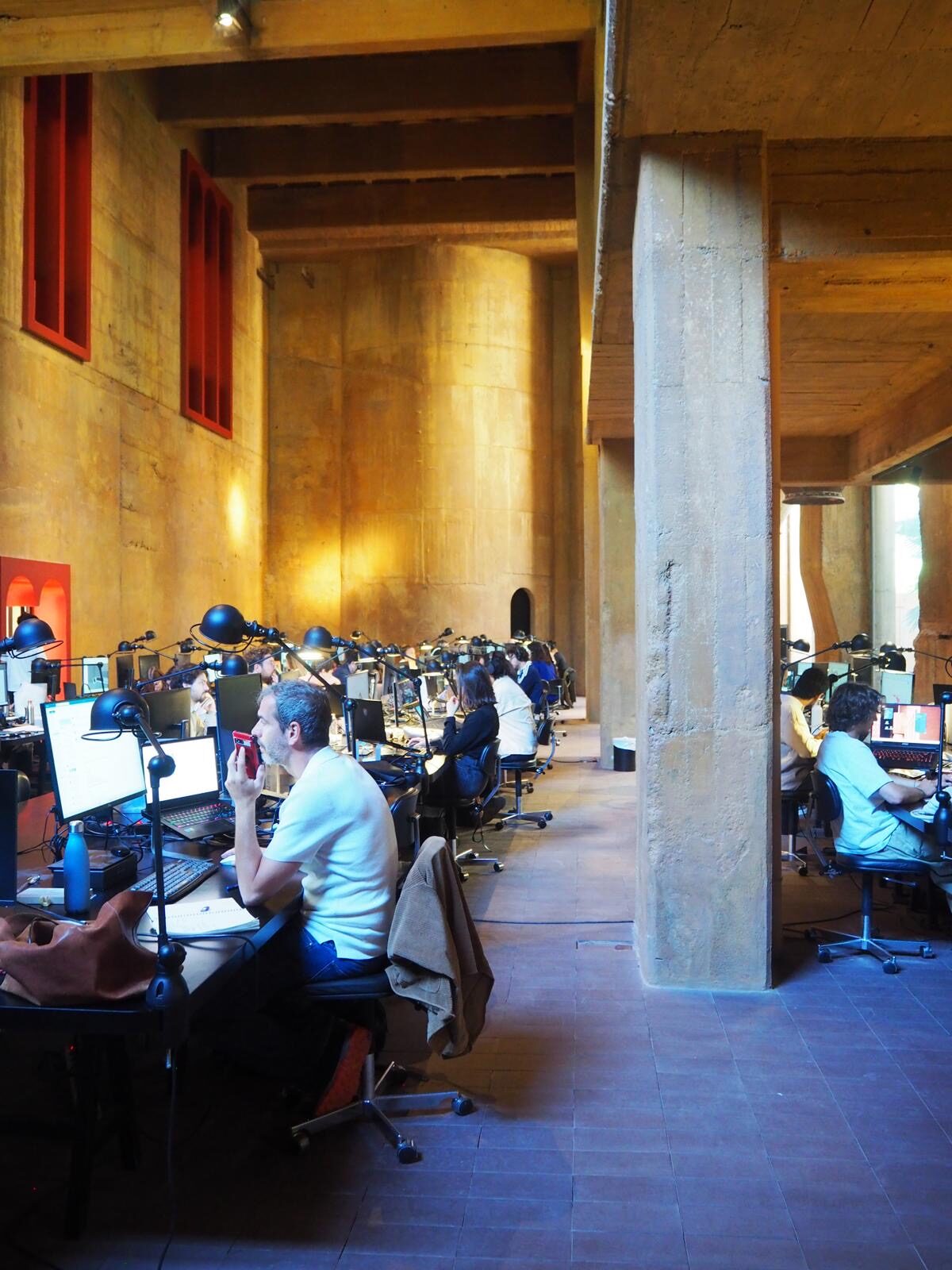
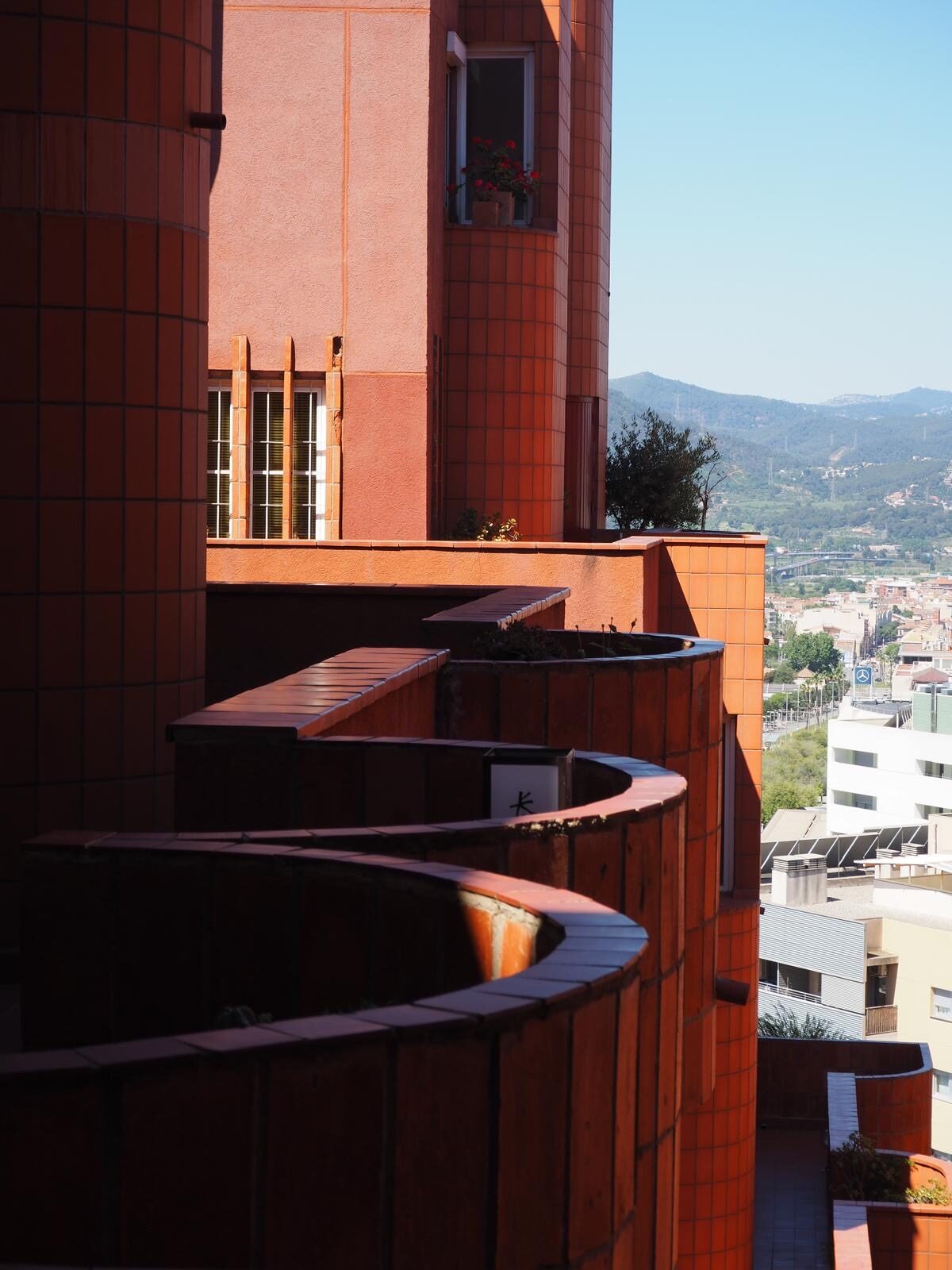
Onion Layers: Peeling Back Housing in Barcelona
Our last day on the Dulux Study Tour felt like peeling an onion. An unusual metaphor, repeated by many of the architects we visited, was used to describe Barcelona. Like the city, our day was layered, textured and sometimes raw. It began in chaos: taxis rerouted; the city gridlocked. But as the day unfolded, each visit revealed a different layer of Barcelona’s architectural identity.
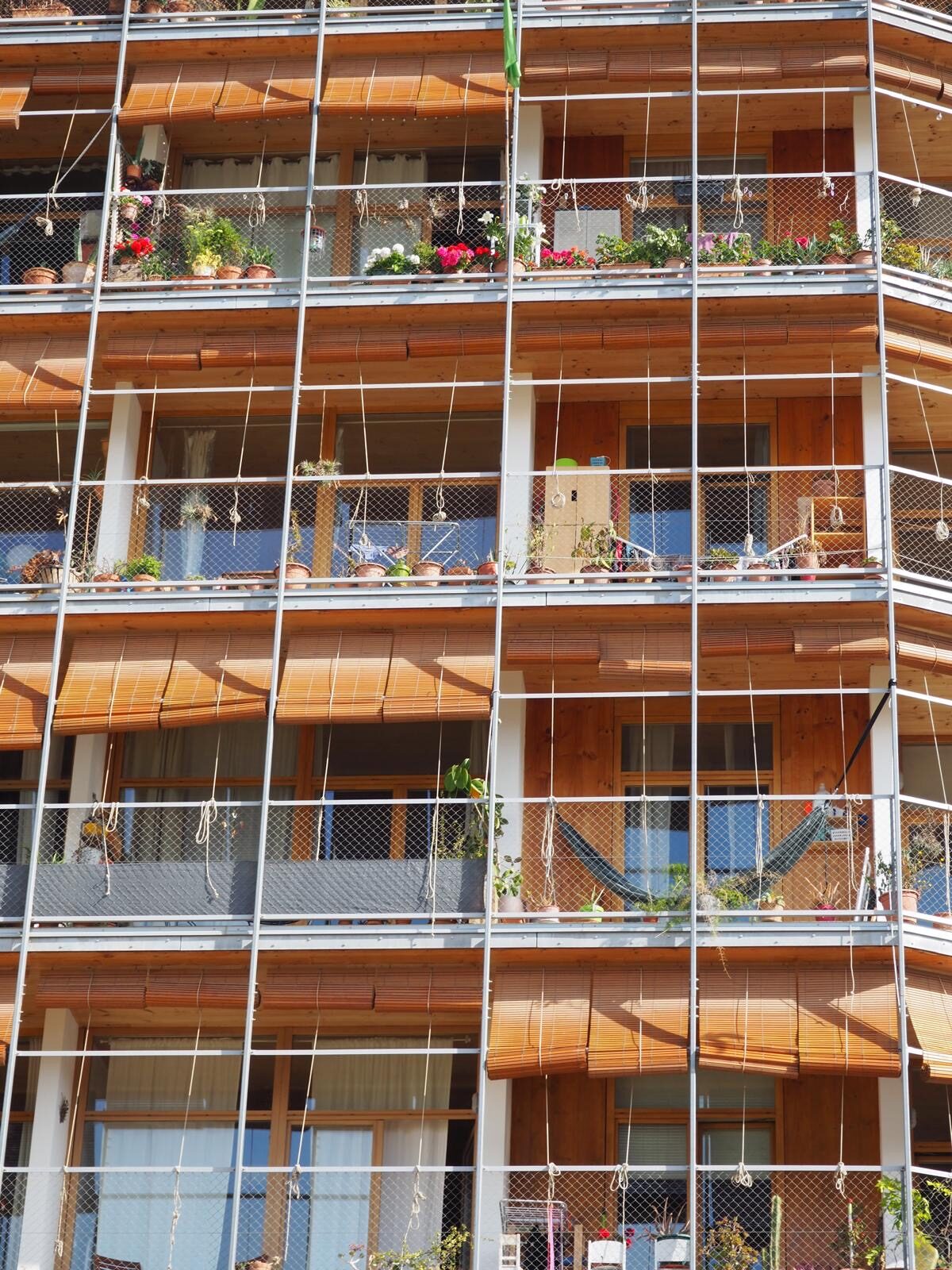
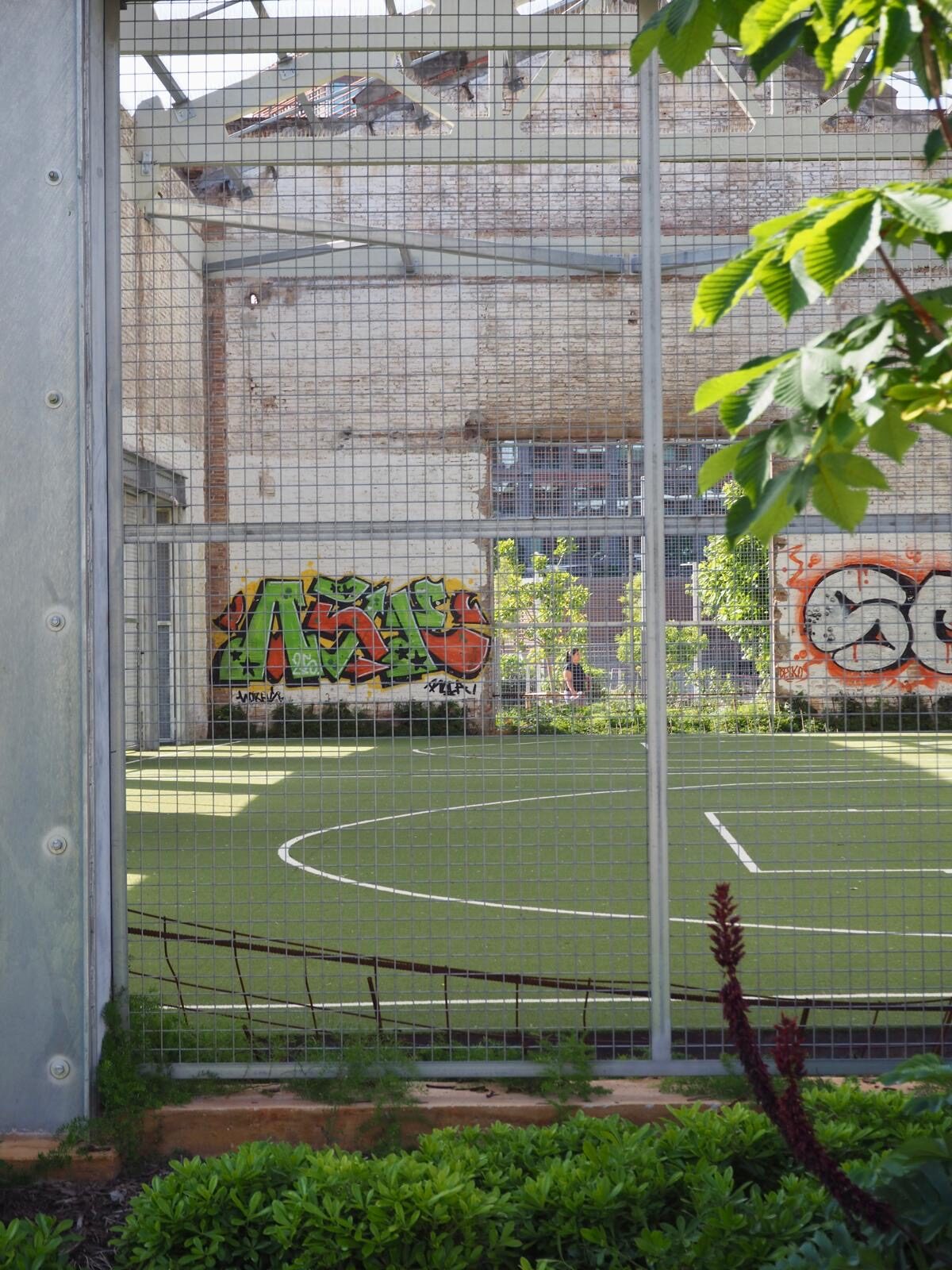
At Ricardo Bofill Taller de Arquitectura, we stepped into a legacy of poetic formalism. Privacy, they told us, was not a concept they understood. At Walden-7, that ethos was palpable – its labyrinthine interior both dystopian and enchanting. “It’s not really practical,” said Rosa, a resident since 1979, “but we’re still living.” Amid a looming “project catastrophe,” Josep Lluís Mateo described Barcelona as a layered palimpsest – fragmented yet composed. At ELIA OAB, Alberto Penin spoke of the practice’s evolution – projects, like cities, layering meaning over time.
However, it was during our final visit with Lacol at their project and workspace, La Comunal, that those layers converged into something radical and refreshingly grounded. A worker-owned architecture cooperative, Lacol is reimagining housing not as commodity, but as community. Borrowing from agricultural business models, they’ve translated cooperative logic into a housing model that appears to be working. The design philosophy is rooted in resilience and simplicity: robust materials detailed for low-cost, self-build construction. What could be raw feels resolved, what could be minimal feels generous. The result is housing that demands awareness: of climate, comfort and community.

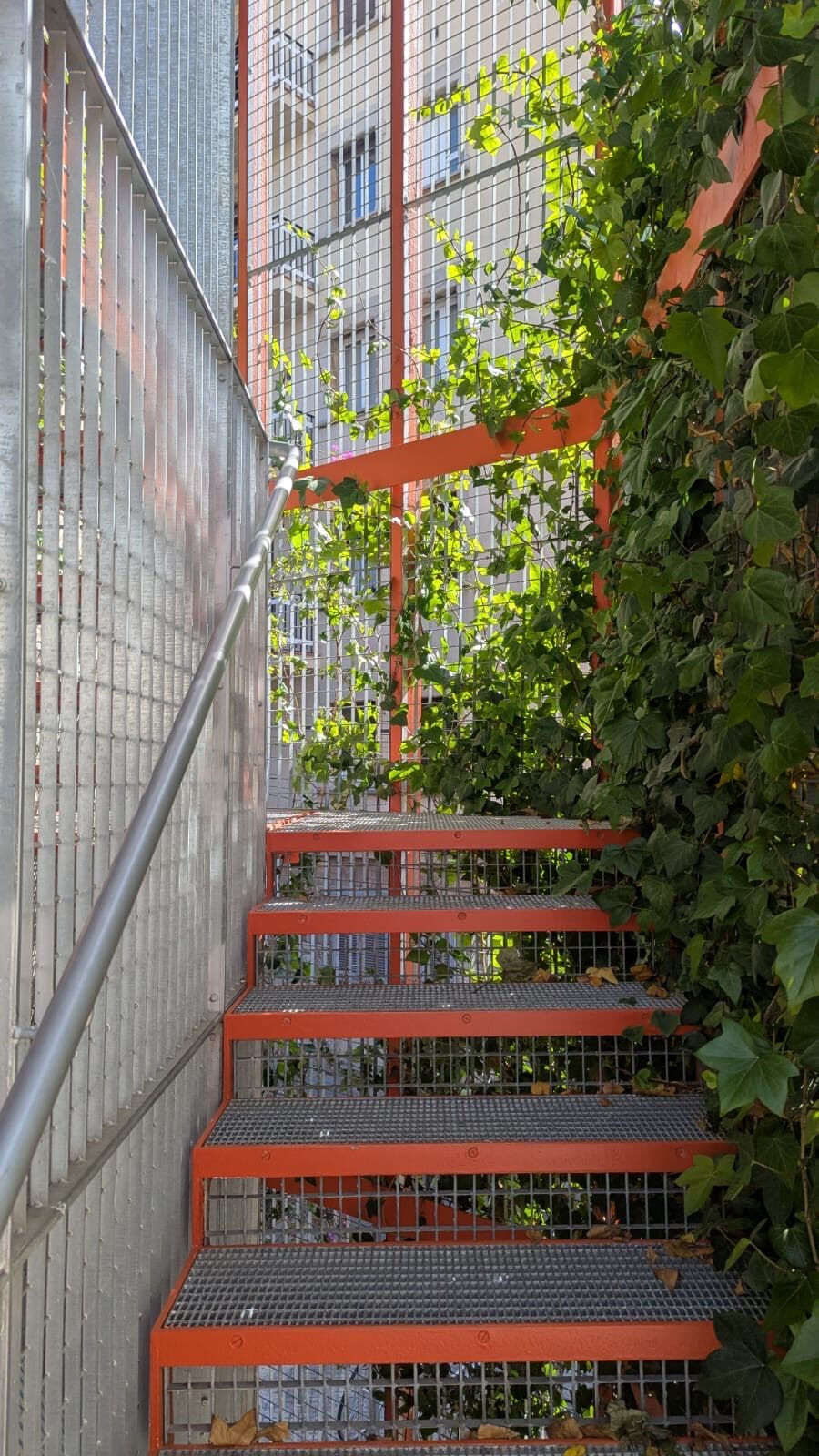
These are 0-equity projects: no one owns, no one profits – monetarily speaking. Housing is not an asset, but a necessity. Residents share spaces – not just costs – kitchens, laundries and terraces, offering more with less. Housing is treated as infrastructure, not investment. This stands in stark contrast to Spain’s fraught housing market, where short-term rentals have hollowed out neighbourhoods and forced locals to the margins. Lacol’s cooperative model is a quiet act of resistance – one that prioritises permanence, dignity and civic care.
At Lacol, the presentation sat idle while we talked about framework behind the architecture – funding structures, policy conversations and the social impact studies that are shaping their next projects. The architects live in the buildings they design, knowing firsthand what works and what still needs adjustment.
Barcelona reminded us once again that architecture doesn’t sit apart from politics – it’s embedded in it. Like the city itself, housing is an accumulation of layers: material, social, regulatory and cultural. Peeling them back reveals a simple truth – that how we live is always a reflection of what we value.